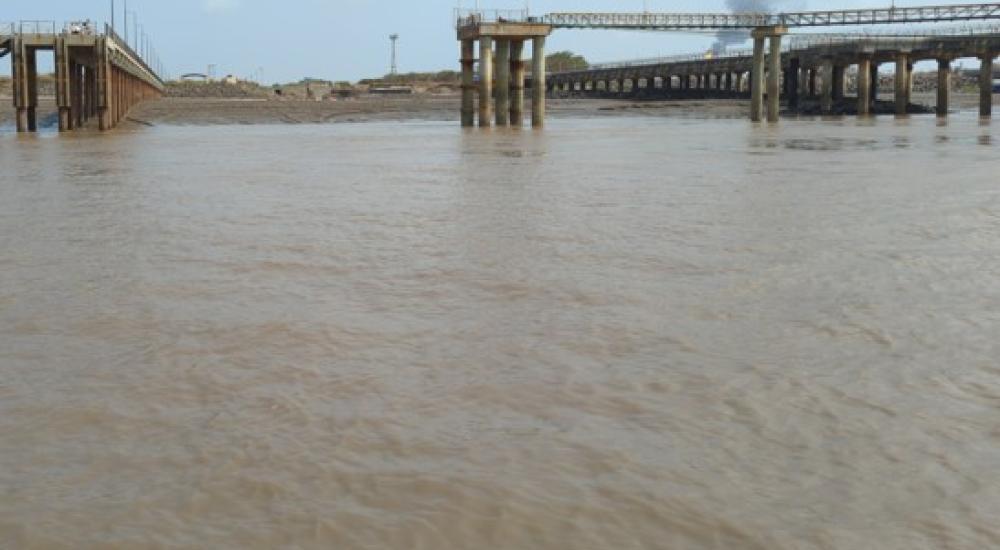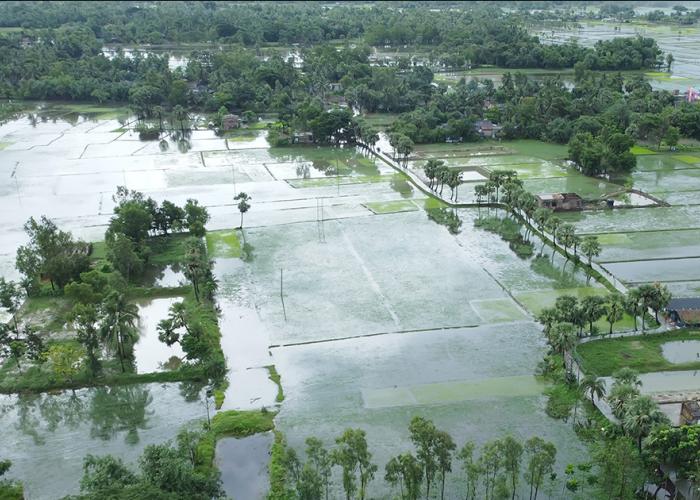Optimising intake and outfall designs in a complex coastal environment
HR Wallingford’s expert guidance was pivotal in achieving substantial cost savings for a desalination plant in a manufacturing facility off the coast of India, underscoring the value of our specialist knowledge in seawater intake and outfall design.
By navigating the complexities of this challenging location, we delivered significant savings for our client, not only during construction but throughout the facility’s operational lifespan.

Like many other countries, India faces significant water scarcity issues, including in coastal regions. Desalination provides a reliable source of freshwater to meet increasing industrial demand.
We helped Reliance Industries to develop a seawater reverse osmosis desalination facility for their operations in Dahej, India. The facility needed seawater intake and outfall structures in the challenging Narmada Estuary near the Gulf of Khambhat, Gujarat.
The location of the intakes and outfalls posed several challenges: high sediment mobility, a 10-metre tidal range, exposure to extreme weather (monsoons, cyclones), the presence of a busy navigation channel, and limited space on land. Our extensive expertise in intake and outfall design enabled us to tackle the challenge of finding locations for the intake and outfall and then develop a concept design. Finally, as Owner’s Engineer, we reviewed the Basic Engineering Design and Front End Engineering Design carried out by others.
For the location we:
- advised on preliminary intake and outfall locations based on available data, and the impact of climate change on sea levels
- recommended necessary data collection for detailed design
- reviewed the feasibility of constructing intake and outfall structures at various preliminary locations.
For the concept design, we carried out:
- metocean modelling, including cyclone tracking
- sedimentation studies
- intake basic design
- hydraulic and diffuser design for the outfall
- pipeline scour protection concept.
Our expert advice provided Reliance with a detailed understanding of the complex local environment, and we used this to optimise the design of the intake and outfall infrastructure. We were able to recommend intake and outfall lengths several kilometres shorter than initially planned, resulting in significant savings on construction and maintenance costs for the facility, reduced use of resources and increased sustainability.
Want to know more?
Contact our project lead

